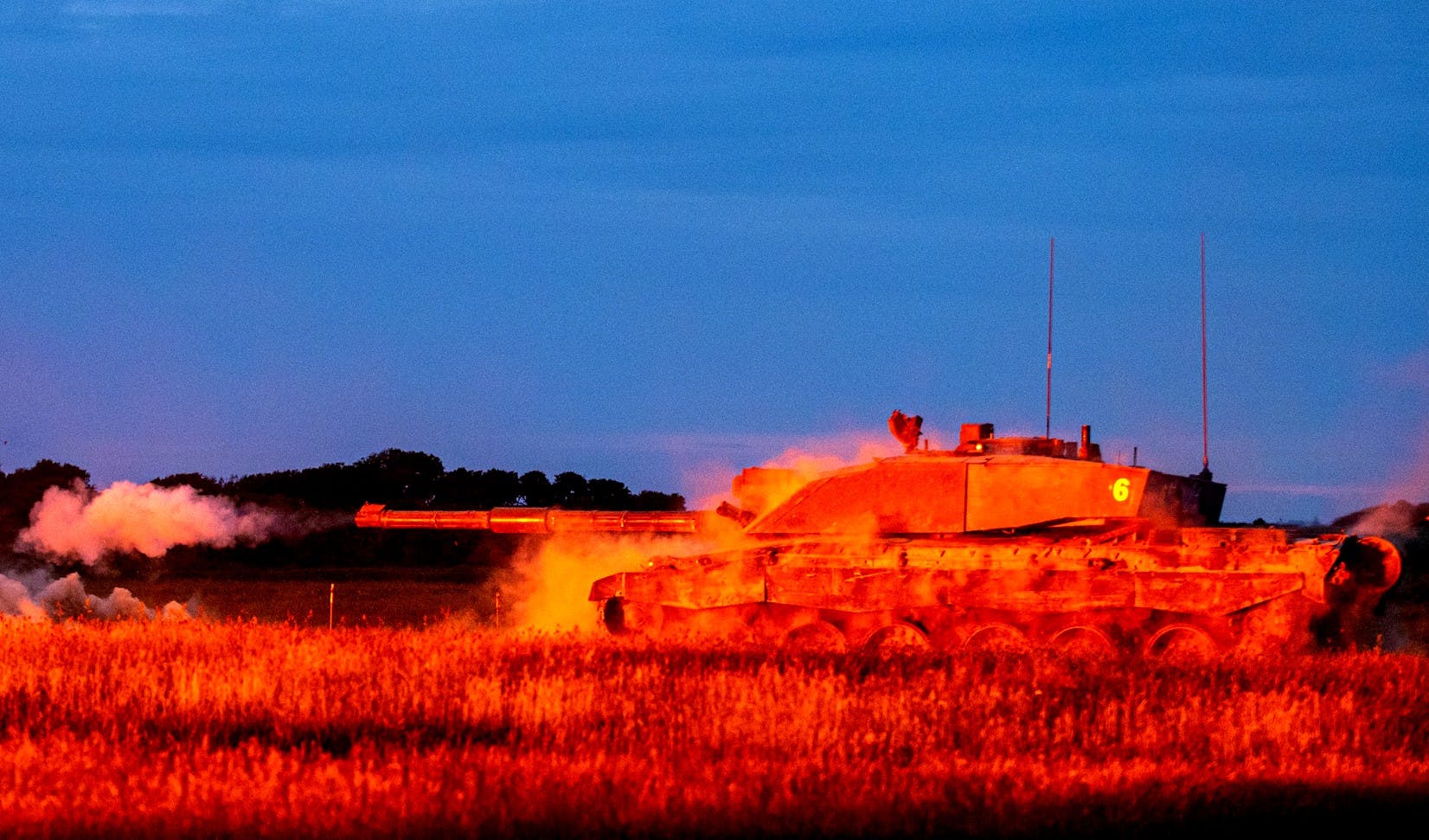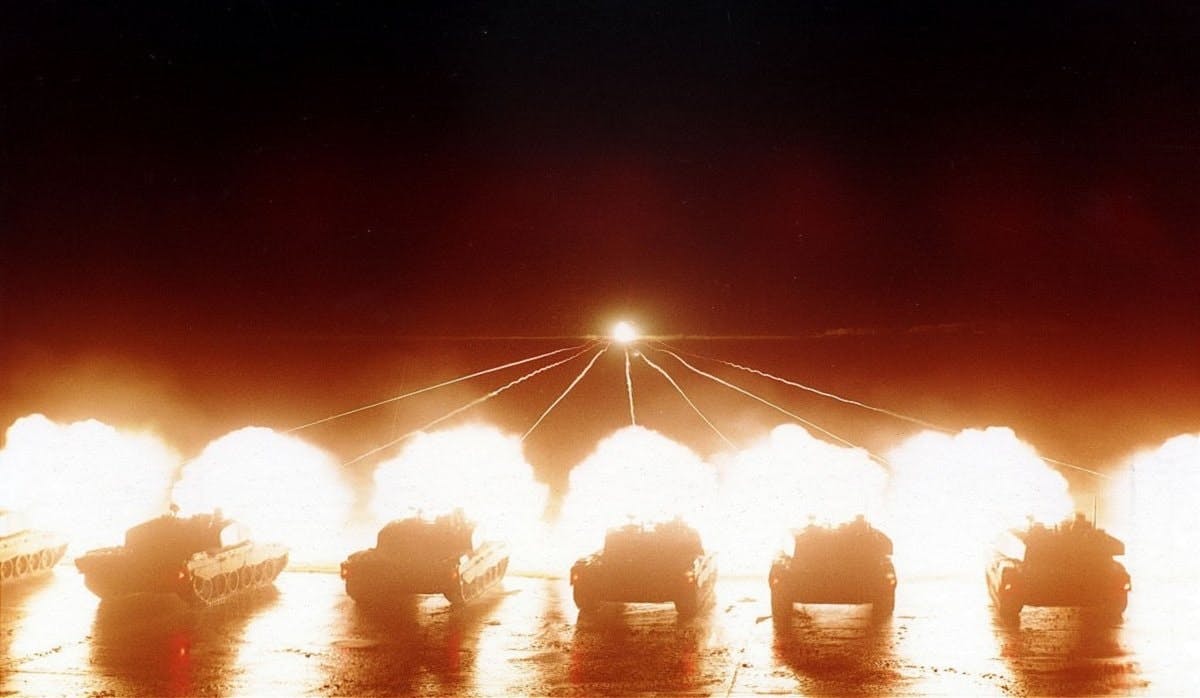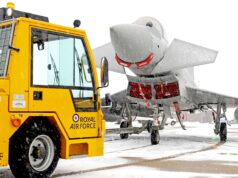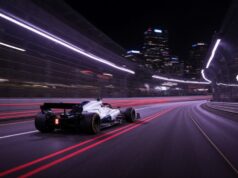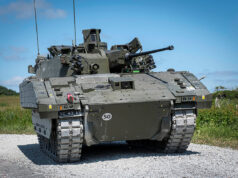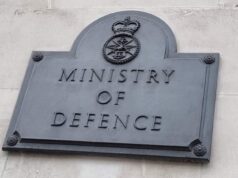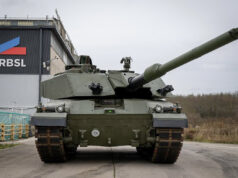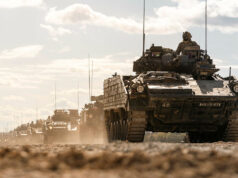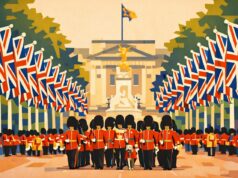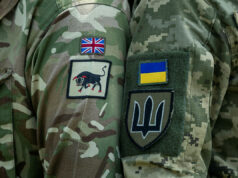As is the norm with all defence reviews, a number of rumours of cuts has began to emerge. This time with Challenger 2 being at the focus of the media attention, raising the often-divisive question as to whether or not tanks have a place on the modern battlefield.
This article was submitted by Harry Bulpit. Harry recently completed a degree in war studies at York St John University. While he has a general interest in military history and development, one of his primary areas of interest is in armoured vehicles. As such his final piece of work for his degree was a 10,000 world dissertation on Challenger 1 and 2 and its impact on the British Army.
This essay will examine why tanks continue to maintain relevance on the battlefield, and why if Britain wishes to maintain a significant position militarily within NATO and on the International stage it must maintain its tank force both today and in to the future.
While Challenger 2 did not deploy to Afghanistan. Foreign MBT such as Danish Leopard 2 did. Where, sometimes wile working with British forces, they proved themselves valuable assets. Able to not only provide direct fire support but could also monitor areas of interest using their sophisticated optics. Indeed, it was suggested that the simple presence of such tanks was enough to make the Taliban leave the area.
Although there was good reason not to send Challenger 2 to the conflict such as the logistics involved in deploying and sustaining such a large vehicle in the region. As well as the escalation of theatres that the presence of Challenger 2 would have caused.
The performance of other MBTS in Afghanistan along with that of Challenger 2 in Iraq proved the viability of tanks in modern asymmetric warfare. On top of this the increasing risk of a conflict with peer states such as Russia, means not only is more emphasis being placed back on conventional forms of warfighting. Specifically, tanks. But also serves to demonstrate how quickly world affairs, and with it the types of conflicts that can be realistically expected, can change.
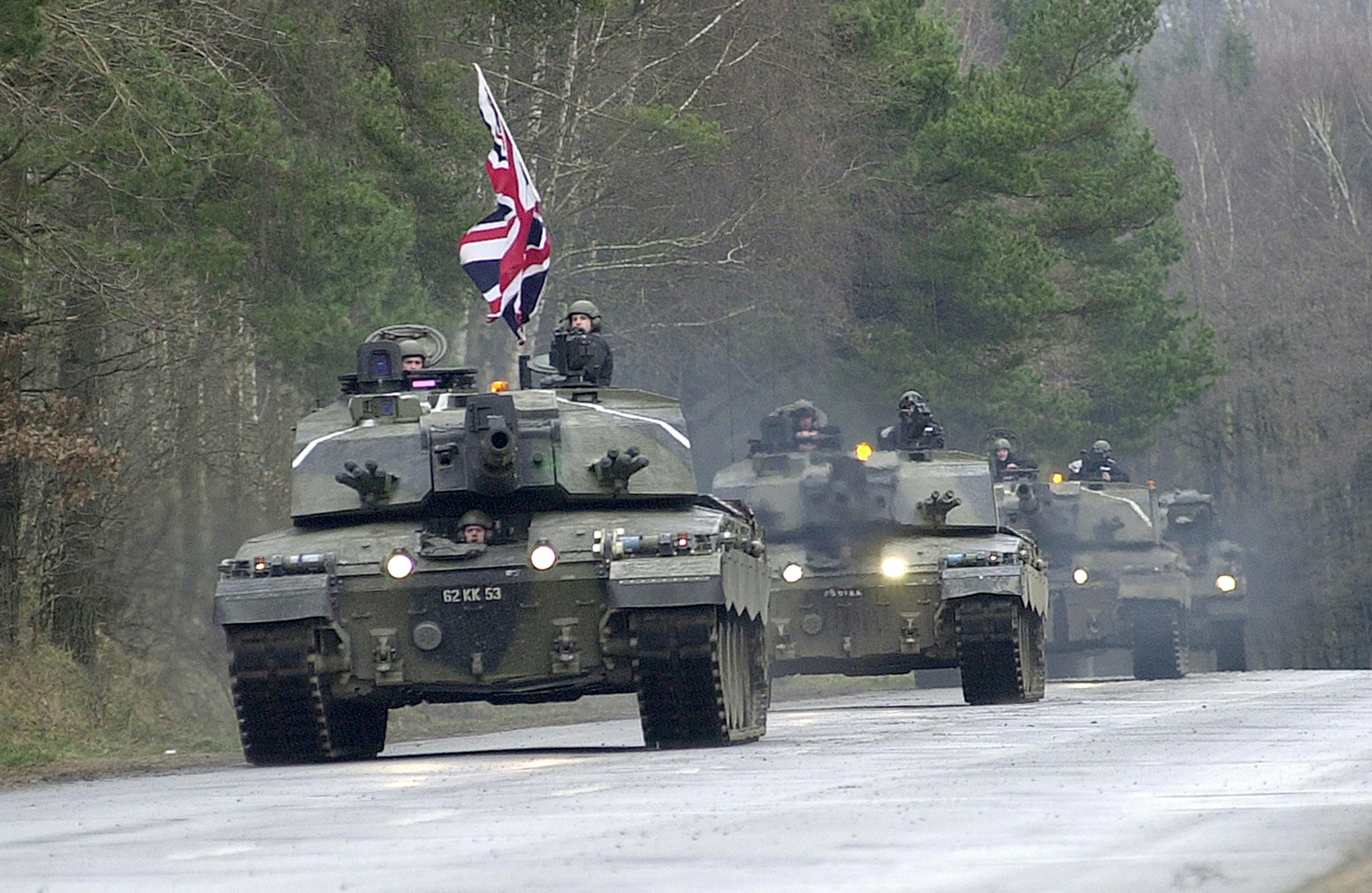
Nevertheless, doubt has emerged over the viability of tanks on the modern battlefield, in both conventional and unconventional conflicts. Since the Second World War, the prevalence of man portable anti-tank weapons has made tanks more vulnerable to ground forces. This has led some to say that the tank can no longer survive on the modern battlefield.
However, the reality is nothing is invulnerable. Even during the height of the tank in WW2, many vehicles were knocked out by anti-tank guns and later handheld weapons. Just because the enemy has the capacity to kill an asset, it does not mean that asset should not be used. Not that the existence of weapons such as ATGMS on the battlefield necessarily means it will be effective.
There are multiple active protection systems in existence to counter ATGM that disrupt the missile before impact, further still Challenger 2 demonstrated that in some cases physical armour can protect against potable anti-tank missiles as well. It is also worth noting that ATGMS will not be the only threat AFV will have to deal with in the future, such as airburst munitions, indirect fire, and mines, which active protection cannot protect against.
As such conventional armour would still be desirable, if not necessary. However, both systems our only a last resort and often situation awareness and proper command is the first and best line of defence against any threat. With many of the high profile MBT defeats actually being a result of poor use, rather than an actual weakness of the tank. It is also crucial to note that an ATGM is susceptible to the armaments of a tank, and that their position is likely to be exposed after firing.
